Read how to preserve apples for the winter
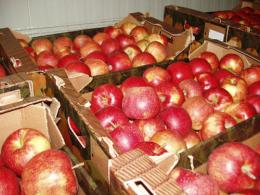
Apples have one feature, unlike other fruits and vegetables. They emit a huge amount of ethylene, which speeds up the ripening process of any other vegetables, as well as the apple itself picked for storage. Thus, an increased amount of ethylene gas gives impetus to germination and increased spoilage of potatoes, carrots and celery. Is it possible to store apples together with potatoes and other vegetables? The answer is simple: “You can’t do this.”
Content:
Proper harvesting
Proceed to the stage itself picking apples from trees you need to be fully prepared. Long-term storage of apples for the winter is affected by proper removal of the fruit from the tree. Each apple is taken by hand or with a special device very carefully, without rubbing it with your hands.
Having grabbed the fruit, it is rotated in one direction, while simultaneously pulling it down. Then it can be easily removed from the tree. For long-term storage, each apple must be picked with its stem intact. You should not make unnecessary movements regarding the fruit: do not wipe or squeeze the fruit (the wax coating does not allow fungi and diseases to pass through).
The fruit is carefully placed in the bucket without throwing it away. If fruits are collected in a basket or ribbed dish with unevenness, then all unevenness should be wrapped in burlap or soft cloth. It is important to use a fruit picker, which is highly undesirable, not to damage the skin of the apple.During storage, damaged skin will allow various diseases to pass through, and the fruit will rot.
Qualifying stage
After the apples are picked and placed in containers, they should be cooled immediately. Place in a cool, ventilated place for several weeks (2-3):
- Under the canopy
- To the veranda
This period can be designated as a quarantine period. This procedure is necessary for the apples to show themselves:
- Bedsores appear
- Some are rotting
- Blackheads appear
- Any flaws
Timing for storing fruits
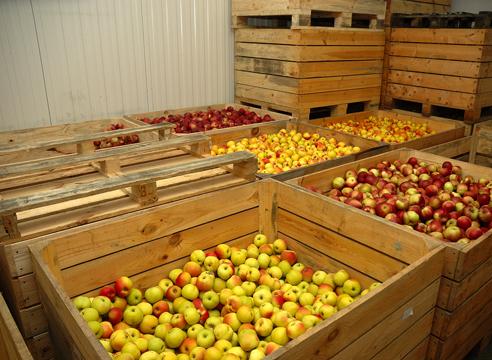
Storing apples for the winter is a special ceremony for many, which begins in late September and early October. During this autumn period, these fruits reach ripeness. The main thing is to start harvesting the fruit at the right time, since an apple that is overripe for several days, although it will be tastier, will lose its properties for long-term storage.
If you pick an apple in early autumn, it will not work final ripening, will not have time to become sugary, and will not achieve maximum taste. For storage, apples of late and late winter varieties are harvested, since their structure is capable of maintaining juiciness and freshness when properly stored.
The following observation will help determine the day of harvest: the next morning after a windless and calm night, if 6-8 good ripe apples without visible damage or diseases are found near the tree, then the time has come for removable ripeness.
Storing apples in boxes and other methods
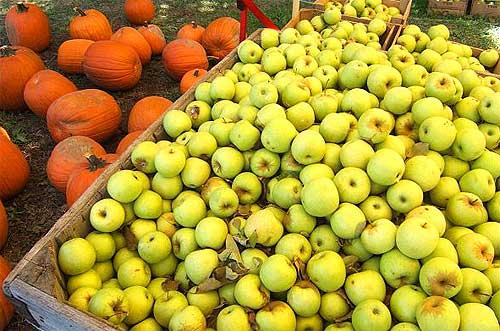
Apples must be kept in storage rooms or cellars separately.Only with this storage will they last longer, maintaining their freshness and beneficial properties in winter. Potatoes, in turn, also harm the apple: it picks up the unpleasant smell of starch, which potatoes are infinitely rich in. The optimal storage temperature for apples for the winter is about 0 degrees with a humidity of 85 to 95%.
There are many suggestions and options for storing apples. Let's look at a few of them.
For the first method of storing apples in a cardboard box you will need:
- Box
- Sand
- Ash
- Scotch
To prevent air from getting into the box during transportation, all its cracks must be carefully sealed with tape. The sand must be washed and well dried. A mixture of ash and sand in equal amounts, 3 cm thick, is laid out on the bottom of the box - this is the optimal pillow for storing apples. Next, apples are laid out in layers on the prepared bottom of the box so that they do not touch each other. Each layer of fruit is again sprinkled on top with a mixture of sand and ash.
To others storage method There is a layer of sawdust lying around in a cardboard box. You should not buy sawdust at a pet store, as they are saturated with chemicals. Sawdust must be used clean, for example, taken from a sawmill. Pour sawdust into the box above half the container, and carefully place the apples in it.
Place dry autumn leaves on the bottom of a cardboard box. Pre-rinse and dry the leaves to remove dirt and dust. The apples are carefully placed on the leaves, avoiding contact. Each layer of fruit is sprinkled with leaves and sent to a cool place.
There are many more ways to preserve apples for the winter. One such way is hay.But, since practice shows that hay blocks have an unpleasant odor, you should not pay attention to this method. A simple way, and at the same time time-consuming, is to wrap it in paper. Each apple should be wrapped in a simple piece of paper (for example, newspaper, but not a glossy magazine).
The apple is placed on a piece of paper, spine down, and wrapped entirely. Then the apple is turned upside down (as it grew) and placed in rows in the box. The work is long and boring, so to get into the mood you can turn on music and prepare vitamins for the winter.
This method stores apples perfectly, but the main thing is to monitor the temperature. At temperatures from -1 to +1, this storage method does not allow the fruits to dry out, there is good access to oxygen, and apples are stored until mid-June.
How to preserve apples? Watch the video and find out:
Interesting information about the vegetable garden

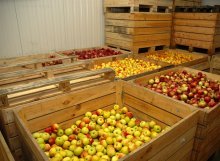
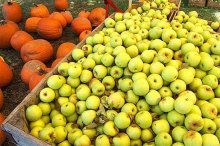
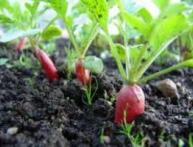
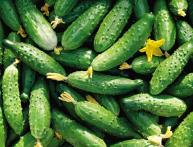
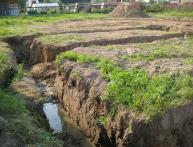


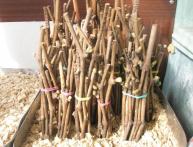
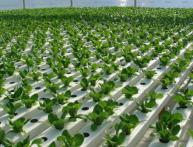
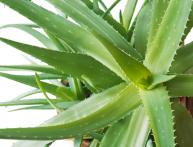
Comments
Another way to preserve apples for the winter is drying, more details are written here, this is how our grandmothers stored them.
Very interesting and useful article. During storage, apples constantly wrinkle and spoil quickly. Now let’s try to use the tips from the article and test it in practice.